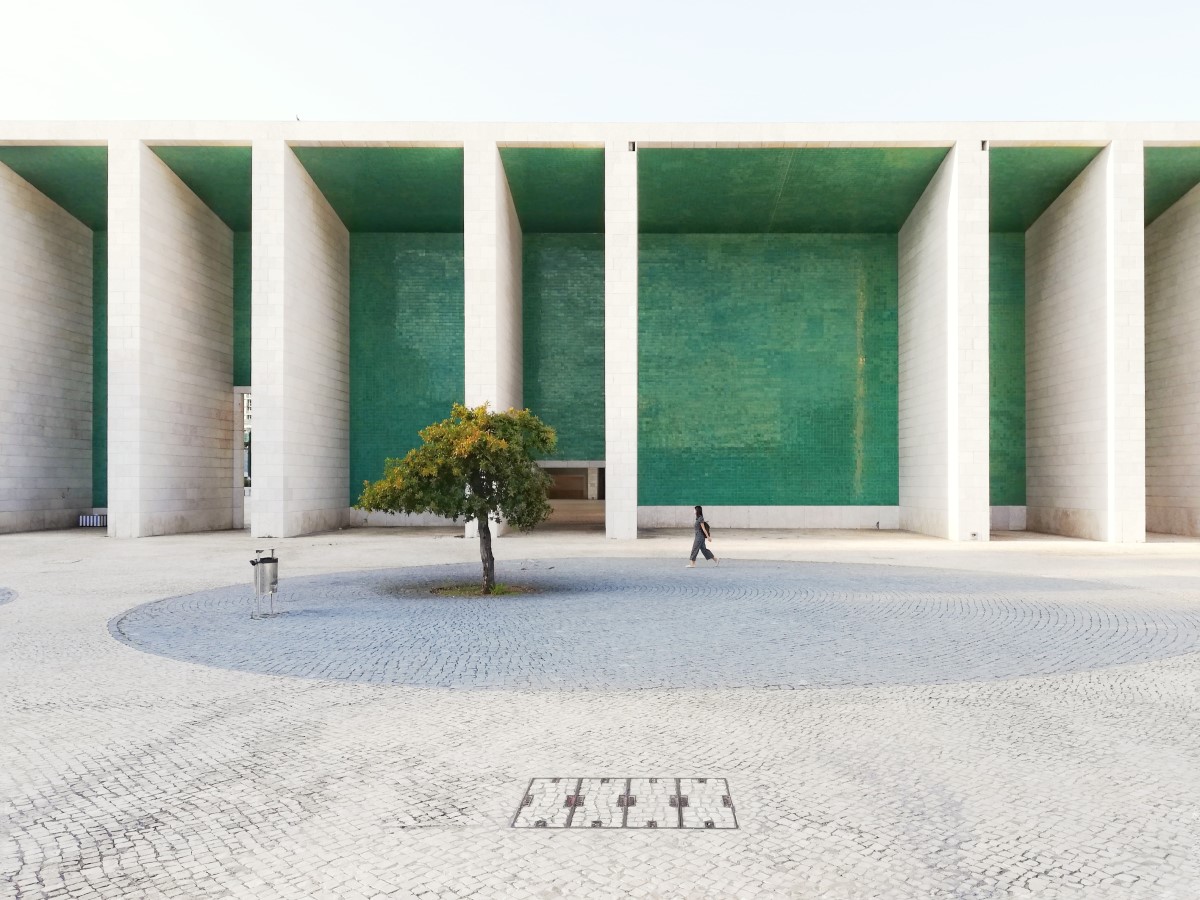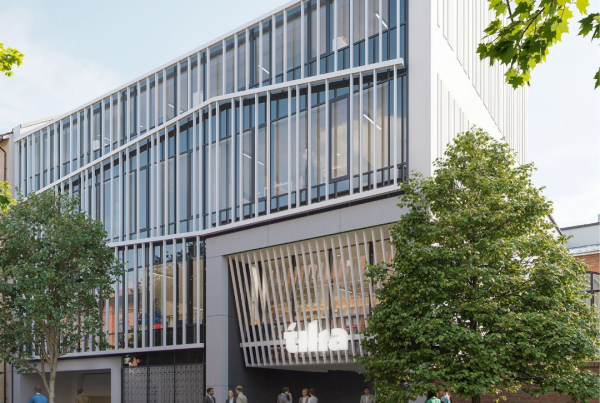SUSTAINABLE ARCHITECTURE VIDEO COURSE
The 11-part video course about sustainability in architecture was launched with the contribution of ABUD’s CEO Dr. András Reith PhD and Consultants María Francisca Tapia, Javed Iqbal and Viktor Bukovszki
A sustainable and holistic approach must be the guiding principles behind any architectural process – this is why we are truly delighted for the educational endeavor to launch a video course on sustainable architecture. The project was realised by the Hungary Green Building Council (HuGBC) and the Chamber of Budapest Architects (BÉK) in collaboration with 26 internationally renowned experts in the fields of architecture and sustainability. ABUD contributed to the course aimed at those professionals who already have a basic understanding of the subject but would like to deepen their knowledge on sustainability in architecture and the environmentally conscious approach. The concept and curriculum of the course was drawn up by CEO Dr. András Reith PhD, while our Consultants María Francisca Tapia, Javed Iqbal and Viktor Bukovszki contributed to course material. The initiative was further aided by institutions and companies such as the Chamber of Hungarian Architects, the British Embassy in Budapest, Kinnarps and the National Cultural Fund in Hungary.
The online educational initiative consists of 11 video lectures about such key topics as the role of the built environment and its environmental impact; EU Taxonomy; settlement scales and the legal environment; TNM regulation; passive and active systems and their users; material use, mechanical engineering and electrical systems just to name a few. The following two sections outlined in more detail were created with the assistance of our colleagues and other experts.

Green and Blue Infrastructure
María Francisca Tapia, Consultant at ABUD contributed to section four of the course entitled “Green-blue Infrastructure” together with LAND Italia’s Director, Davide Caspani. The aim of this section is to highlight key considerations involved in assessing the environmental, climatic and social merits of green and blue infrastructure practices. It examines the steps necessary to calculate a variety of performance benefits of implementing GI strategies and demonstrate the magnitude and value of these benefits for climate adaptation and mitigation through simplified illustrative examples. A clearer view of green and blue infrastructure’s value will help practitioners and researchers evaluate to what extent green infrastructure practices should become part of future planning, development and redevelopment.
When asked what is of great interest and importance in this chapter, Francisca highlighted the effects of urban green-blue infrastructure on microclimate: measurements and significant differences in urban surfaces.
“Regarding the implications of microclimate regulation for climate change policies (namely reduction of the carbon footprint of cities) and their economic impacts at various levels, there is little or no evidence based on European case studies. Any NBS considered as GBI which is producing a thermoregulation effect on a building’s energy balance is consequently producing an indirect CO2 saving. This is generally correlated to the savings in air conditioning in hot climates but can be associated also with reduced heating in cold climates”- mentioned Francisca.
Data-based design – the possibilities of modeling
ABUD’s Senior Consultant Viktor Bukovszki and Consultant and Energy Analyst Expert Javed Iqbal together with Giles Bruce, Director of A-Zero Architects give participants insight into data-based design in Section 9.
The purpose of this section is to highlight the importance of early-stage design checks and their significance at different project stages. Students will learn about computer based tools such as OpenFoam, Rhino and Ladybug/Honeybee plugins and other solutions that can help architects and designers choose the most energy-efficient and cost-effective design options.
“In this lecture, students will learn about different analyses methods that are crucial to be investigated at different project stages and how these impact capital costs and operational energy demands when the building is fully functional. Besides, they will learn about a few different types of analyses, project stages in which they are conducted, and how to draw useful conclusions based on them. The practical aspects of data-based design are highlighted via case studies and how
these helped in making better design decisions”- noted Javed.
Senior Consultant Viktor Bukovszki’s part provides practical guidance for architects, urban designers and urban planning professionals who are interested in information and communication technologies (ICT). The section’s focus is primarily on the professional profile that distinguishes the data-based designer as a new profession between IT and architecture. The section introduces students to data-based planning through 10 practical examples focusing primarily on professional competencies, attitudes and ways of thinking.
The section’s main goals are to acquaint participants with those professional and soft skills and way of thinking, which are essential for a successful data-based design specialist. Furthermore, to focus on those ICT application areas – beyond the hype – that are relevant and realistic in the creation of the built environment; to consciously separate the data science approach typical of the field from the IT knowledge required for professional practice; to record the limitations, pitfalls and challenges of analytical methods based on ICT, as well as how they can be incorporated into an integrated design practice.
Through this section, participants will be able to learn about current ICT trends and the main concepts related to them; the general process of the data science work method; the ways and pitfalls of (urban) architectural data modelling, management and utilization; the relationship of data-based planning to the methods of other related scientific fields, and the integrated planning approach; and the most important challenges of applying digitization in the field and some immediately applicable tools.
For more information about the course and how to participate, visit the following link (in Hungarian): Fenntartható építészet – haladó továbbképzés (hugbc.hu)



